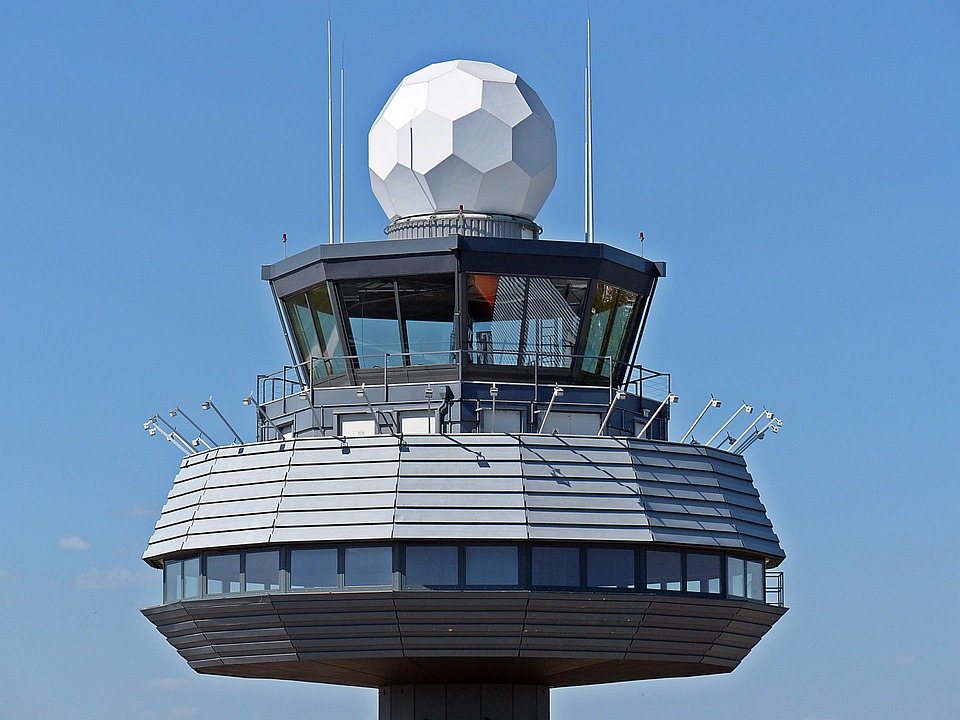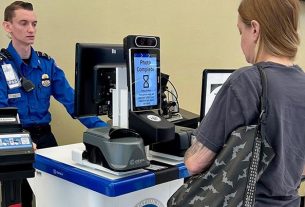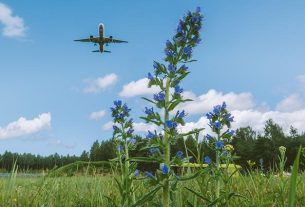The European Union Aviation Safety Agency has published ED Decision 2023/005/R amending the existing EASA guidance material on remote aerodrome air traffic services (ATS), commonly known as ‘Remote Towers’.
The concept of Remote Towers enables the provision of aerodrome ATS from locations or facilities where direct visual observation is not available, and is based on a view of the aerodrome and its vicinity through means of technology. This concept is considered as one of the most relevant novelties introduced in ATM/ANS over the last decade, whose implementation is being facilitated by dedicated guidance material which has been developed and is being maintained by EASA since 2014, in cooperation with a dedicated rulemaking group composed of affected stakeholders’ representatives. The EASA guidance builds on the existing EU regulatory framework and considers and addresses a variety of relevant aspects of designing, implementing and operating remote towers.
This ED Decision provides a comprehensive update considering additional research outcomes, implementation experiences, development of technical systems standards and the evolution of the various related regulatory frameworks (e.g. ATM/ANS Common Requirements, ATCO licencing, SERA, Aerodromes).
In this context, the most relevant aspects of this update concern:
- Updates to the chapter “operational context” with new experiences from the daily operation of a remote tower centre, including the introduction of a supervisor role and experience related to management of competency for controllers with several unit endorsements
- Several updates in the chapter “management of change” including a new segment on socio-economic factors, one on the involvement of users and a segment dedicated to the migration from a conventional tower to a remote contingency tower
- Minor updates throughout the document including a review of references to reflect updated EU regulatory material since the last publication
For the future EASA will continue the work with remote aerodrome ATS by formation of an expert group to facilitate input from different stakeholders with experience from remote aerodrome ATS as well as to monitor the developments and needs for update to the rules or guidance material.



